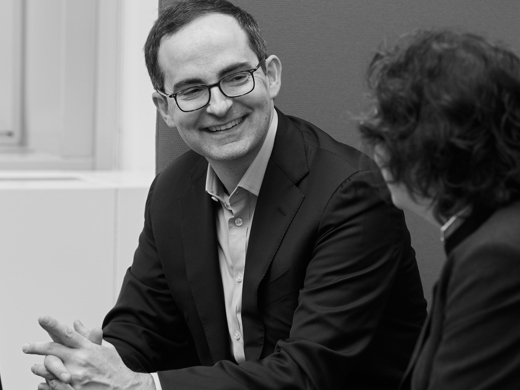After we say “yes”: How case monitoring works




While previous articles have explored our thorough process of “getting to yes”—including the legal and financial risk assessments and negotiations led by our underwriting team—law firms and companies we fund often understandably want to know what happens next. What happens “after we say yes” once we have mutually agreed to fund a matter? Below is an overview of our approach to case monitoring, with the caveat that it is not an entirely routine process. Litigation by its nature does not move quickly. Cases may resolve at idiosyncratic and unpredictable times, or they may unfold entirely predictably.
Although Burford is a passive capital provider, we devote significant resources to monitoring our investments. Done well, case management and monitoring can help us maximize returns and strengthen relationships with counterparties. Through this additional effort that occurs post-closing, we can improve results for our counterparties and investors by being prepared for case events before they occur, rather than reacting when it might be too late. Indeed, Burford’s ability to be flexible and to add value “after we say yes” is a benefit of working with us and sets us apart from more transactionally-minded finance providers. We do this case management and monitoring work whether we are providing capital over time as the cases progress, or all at once at the beginning of an investment in what we call a ‘monetization.’ Either way, we aim to help our counterparties maximize the results in the litigation in a way that benefits us and them.
In monitoring the progress of the case, the team at Burford performs essential tasks such as receiving electronic docket notices and reviewing relevant filings. We track court deadlines so that we know what the lawyers and court are doing and when. We draft monthly and quarterly summaries of the investment’s status and prospects that are reviewed by senior Burford management and Burford’s board of directors.
We also do less obvious things, like speaking at least monthly with our clients, who we call “counterparties”, about how the case is shaping up substantively, what challenges they expect and ideas for successfully resolving it. We regularly offer to (and do) comment on draft briefs. We join the panel on moot courts for motions or appeals. In short, we provide expert eyes and ears that can be beneficial for the case. Where some legal finance providers ask for superficial, procedural status updates, we dig in and do our own substantive analysis so that we have the most complete possible picture of where the case is headed and when and on what terms it may be resolved.
But we do not foist ourselves upon our counterparties. Some of our counterparties may wish simply to provide the information required by our agreements. Others, however, actively seek out and benefit from our assistance. It is entirely up to our counterparties to determine how much or how little of our insights they wish for beyond what our agreements require. We find that in most instances our counterparties value our expertise. That’s not surprising: As the 2023 Litigation Economics Report revealed, senior in-house lawyers report their ability to pursue affirmative litigation would increase if their law firm partners or legal finance providers could help them do so more systematically. One example of how our expertise can pay off is that we have participated in moot courts for matters in which judges ultimately asked the same hard questions that we’d asked and for which we’d helped the lawyers prepare.
We also track the legal spend and compare it to the case stage. Whether we provide all the capital at closing or fund tranches over time, the money we provide is the fuel that powers the litigation claim from which we hope to achieve our return. If discovery has just started and the lawyers have spent half the commitment, that’s a concern. We try to head off those issues before they arise by regularly reviewing legal bills and consulting with the counterparty on how they plan to bring the case to a successful conclusion with the money that has been allocated. Indeed, while we and our counterparties agree upon capital that we believe will be sufficient to see the case through, budget management is not something that comes naturally to most lawyers. We can and do help them. For example, we do not wait for the lawyers to ask for more money—by then, it can be too late to avoid contributing capital that may not make economic sense.
Chris Catalano speaks to Liz Bigham about how Burford helps clients to predict damages expectations and quantify risk.
Learn more
Monitoring and communication with the client can pay dividends to all concerned. In one of our now-resolved portfolio investments, our assistance in managing the budget helped the client resolve the cases effectively and profitably. We were funding the trustee of an insolvent estate. The estate had a pool of money, some claims against third parties and some claims against the estate. Our capital funded the trustee’s administrative costs as well as legal fees and expenses in litigating the affirmative and defensive claims. Because there were ten different matters that evolved at different rates and pertained to different subjects, we were able to consult with the trustee and its lawyers on reallocating budgets from those cases that had resolved or where money would not be as well spent, to those that would give all concerned the most “bang for the buck.”
Having resolved or de-prioritized the less consequential matters, the trustee focused its efforts on resolving the remaining big-ticket claim against the estate, reaching a settlement that paid our return and took the trustee off risk. At bottom, this kind of consultation stems from seeing the claim as an asset that can be effectively turned into money.
This article was originally published on Burford’s website on October 11, 2019 and was updated on October 17, 2024.